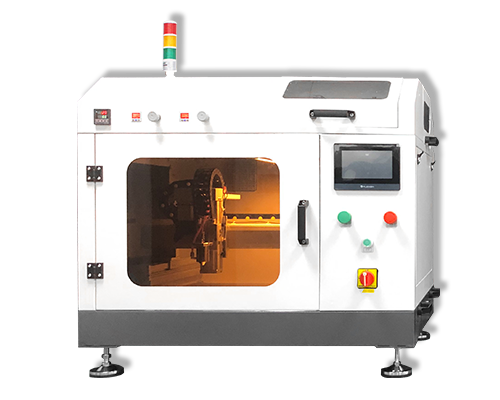Proton Exchange Membrane Technology
Proton Exchange Membrane Technology – Fuel Cell Catalyst Coatings – Cheersonic
Proton exchange membranes are a class of ion-conducting polymer membranes known for their excellent ionic conductivity and chemical-mechanical stability, which can provide channels for the migration and transport of protons, allowing only water and protons (or It is called hydrated protons, H3O+) passing through, so that protons can pass through the membrane from the anode to the cathode, while electrons can only be transferred from the anode to the cathode through the external circuit, so as to provide current to the outside world. PEM has a dual role in fuel cells:
1) As an electrolyte, it provides hydrogen ion channels and conducts protons.
2) Act as a membrane to isolate the bipolar reactants, preventing them from reacting directly.
Proton exchange membrane technical requirements
According to the working characteristics of the fuel cell, the performance of the high-efficiency proton exchange membrane should meet the following requirements:
1) Higher proton conductivity and lower electron conductivity.
2) The permeability of the reactants in the membrane is as small as possible to avoid direct contact between the fuel and the oxidant.
3) Strong chemical stability, will not degrade under the action of oxidation, reduction and acidity of active substances.
4) High enough mechanical strength and thermal stability to withstand uneven mechanical and thermal shocks during processing and operation.
5) Good surface adhesion, which can be well bonded to the catalyst.
6) Higher cost performance.
The performance indicators for evaluating PEM are mainly ionic group equivalent value (EW value), ion exchange capacity, ionic conductivity, membrane thickness, gas permeability, mechanical strength and cost.

Ultrasonic spray fuel cell catalyst coating system can produce highly uniform, repeatable and durable coatings. Our ultrasonic spraying can well control coating properties, significantly reduce material usage, and reduce maintenance and downtime.
Our company’s ultrasonic spraying equipment can be sprayed on a variety of different metal alloys, including the preparation of platinum, nickel, iridium and ruthenium-based fuel cell catalyst coatings, as well as PEMs, GDLs, DMFCs (direct methanol fuel cells) and SOFCs (solid Oxide fuel cell) manufacturing. The battery manufactured by this technology has the characteristics of high battery load and high battery efficiency.
The optional ultrasonic dispersion system can uniformly disperse the catalyst solution without blocking the ultrasonic nozzle, thereby providing a uniform and homogeneous fuel cell catalyst coating, and has a controlled droplet size from ultra-low flow to production-scale flow.

